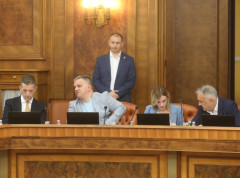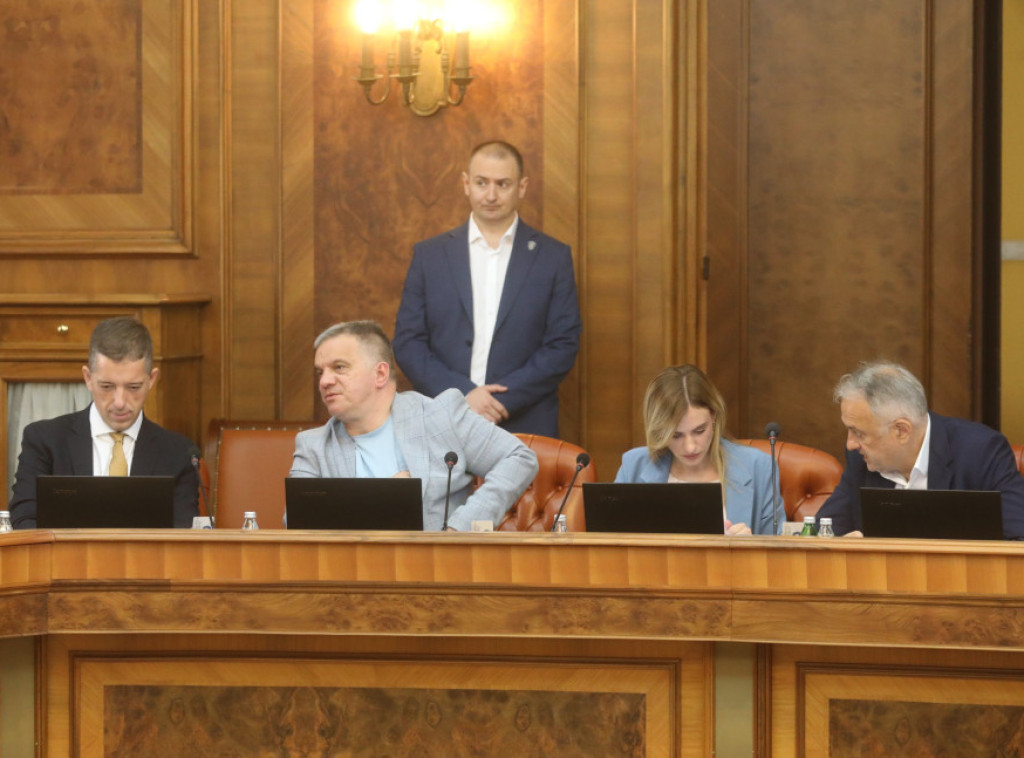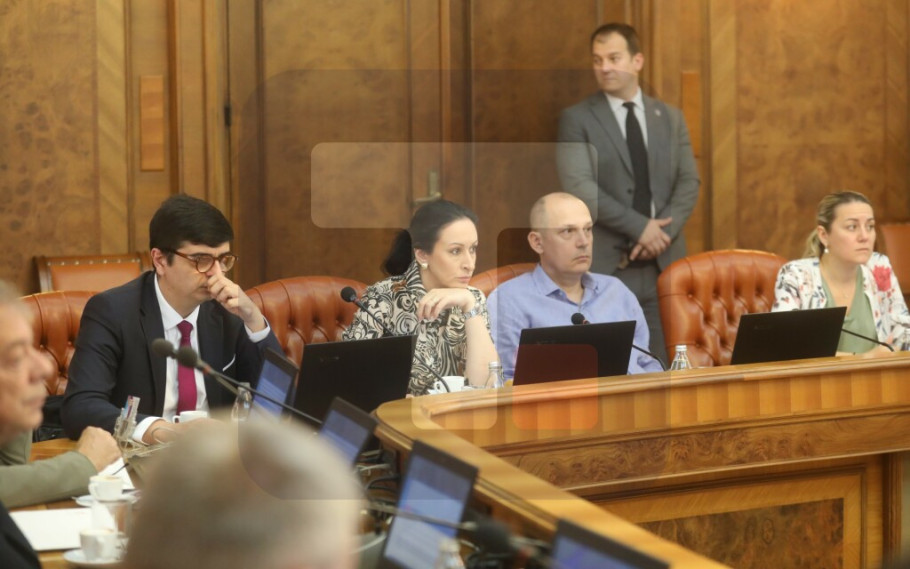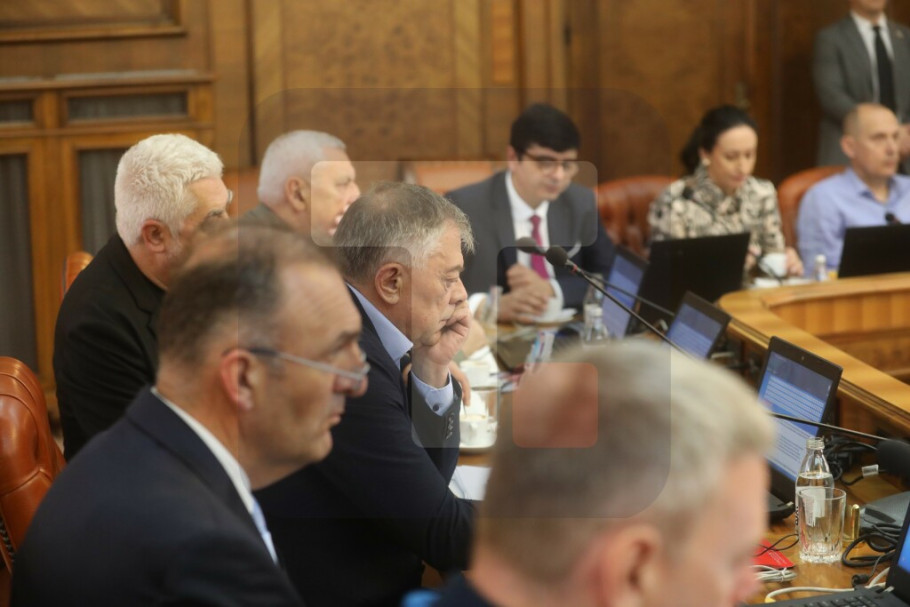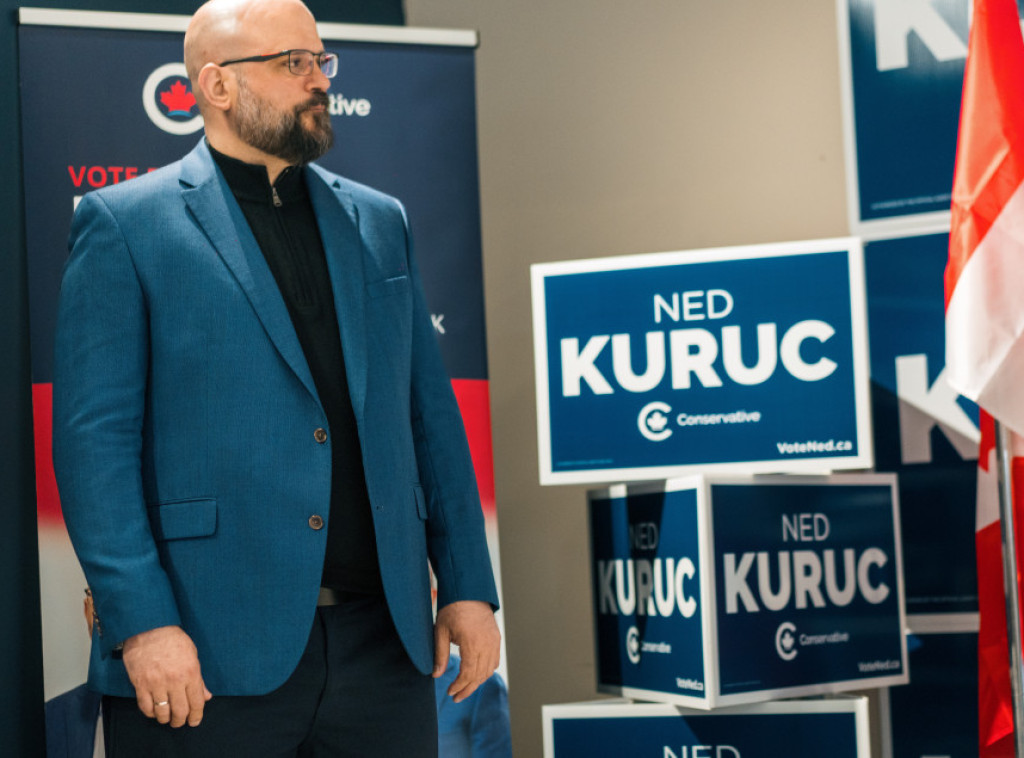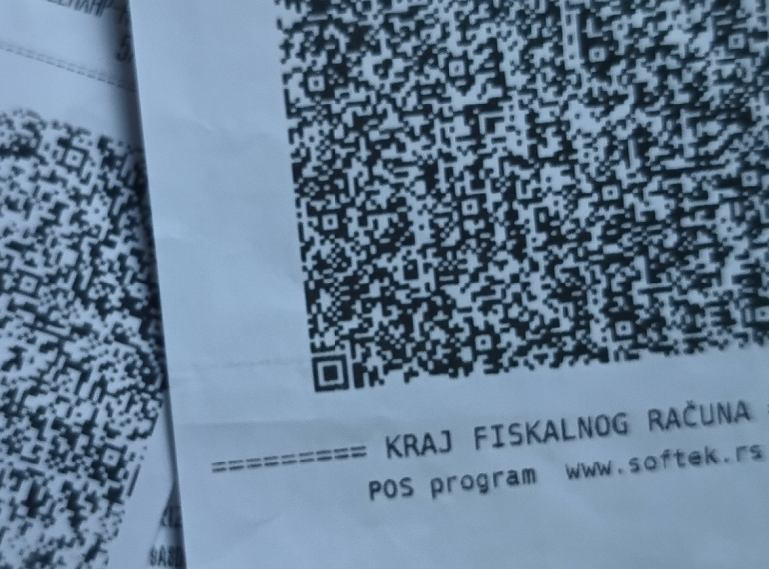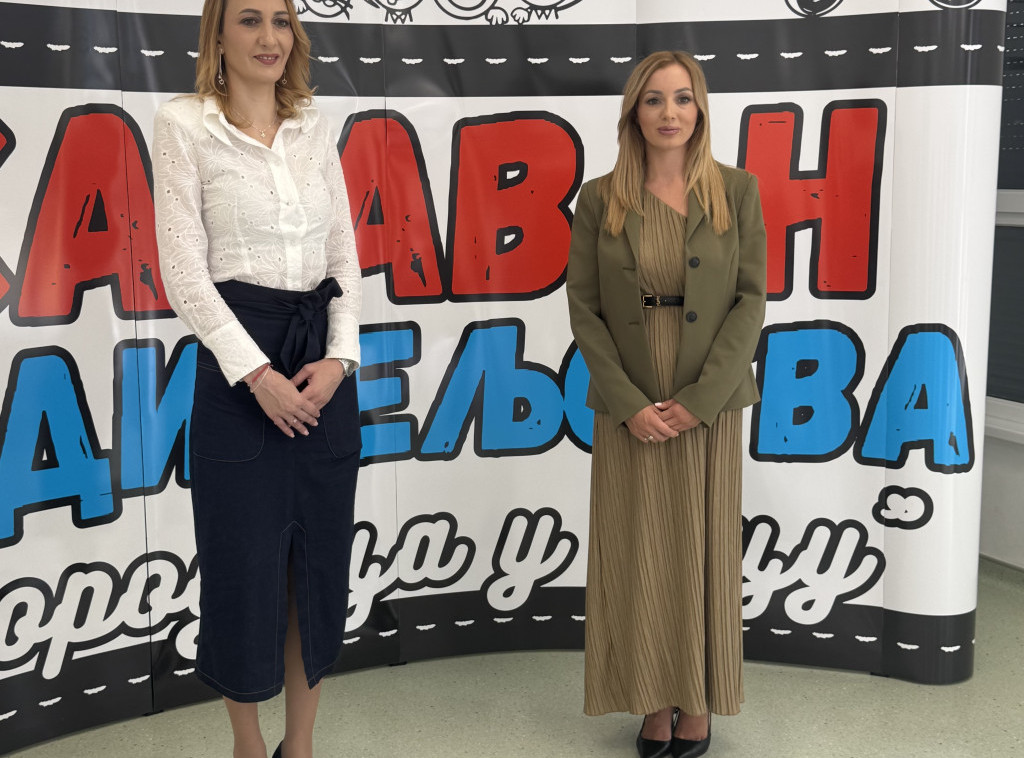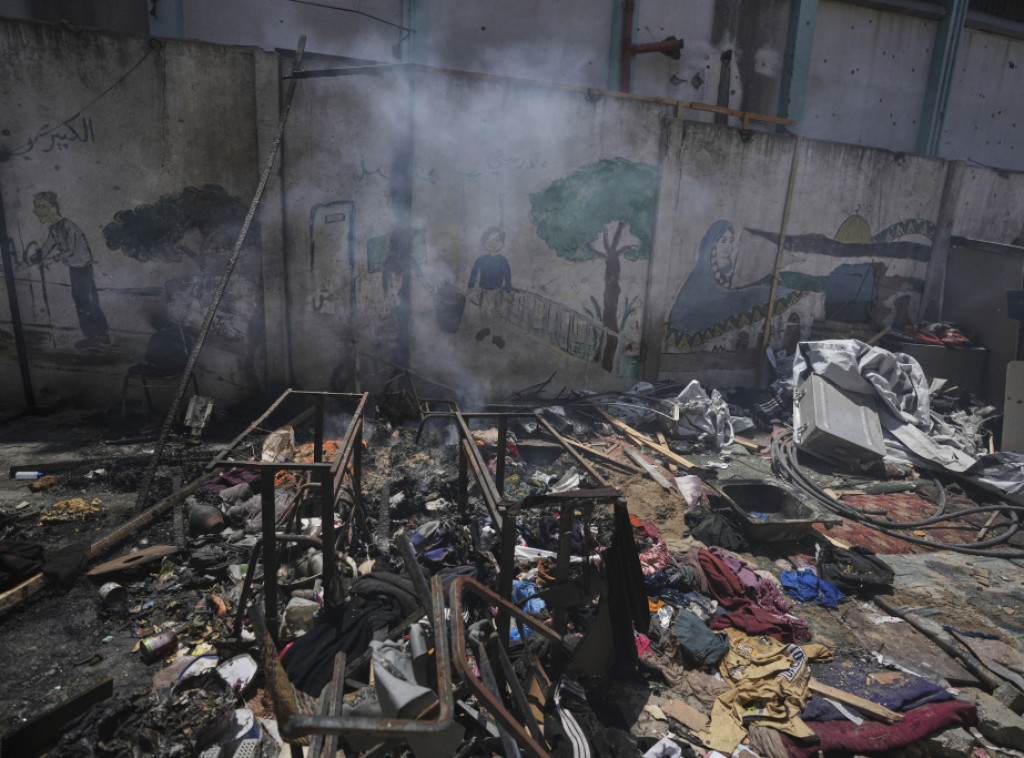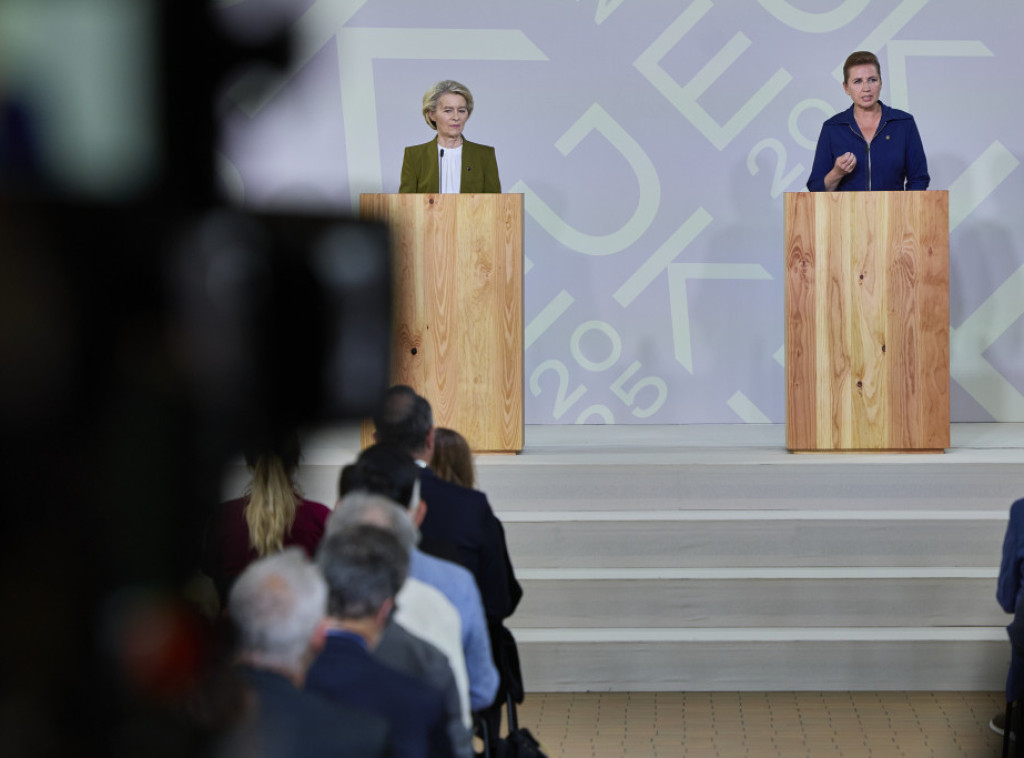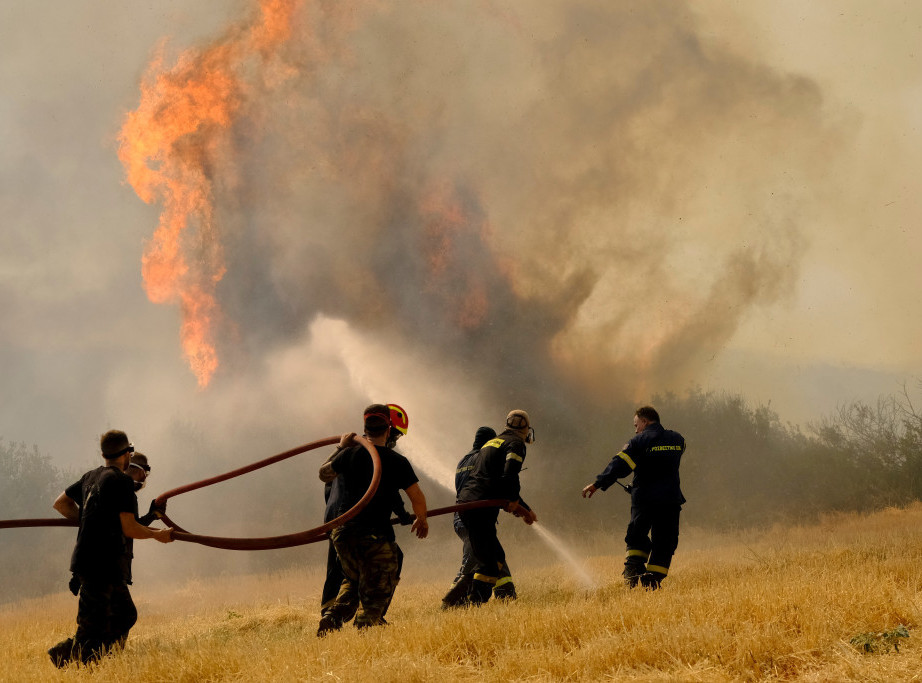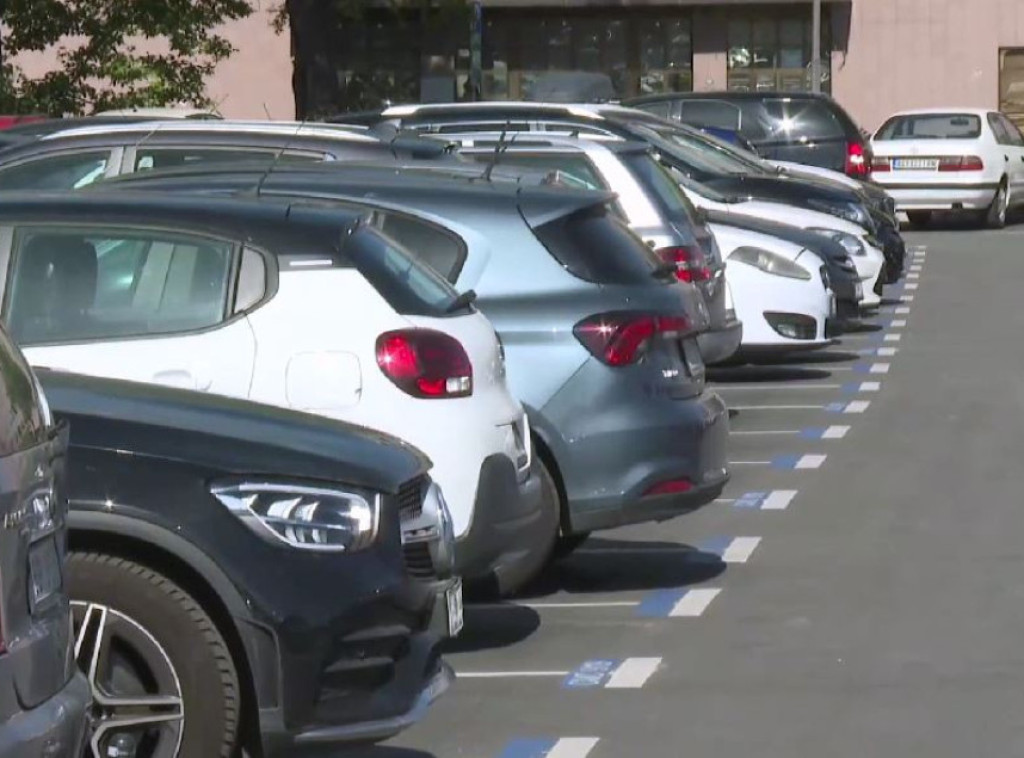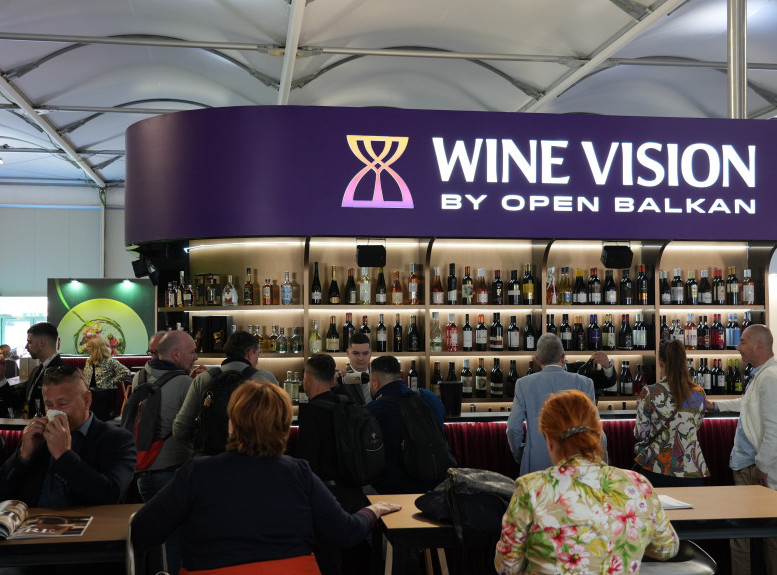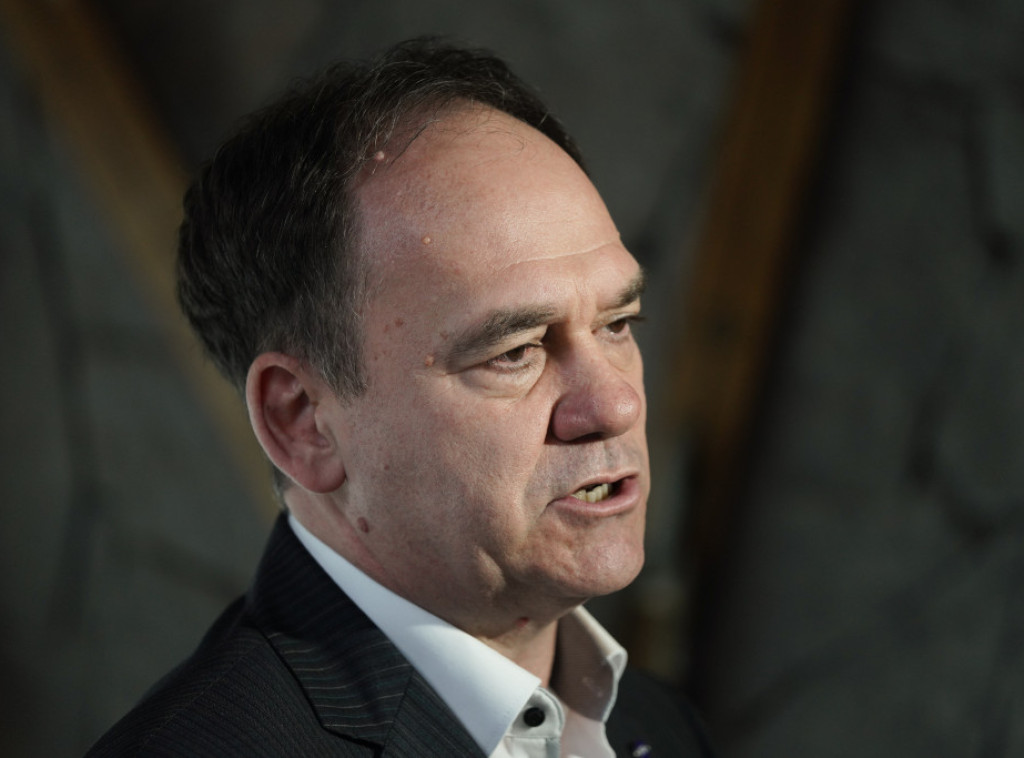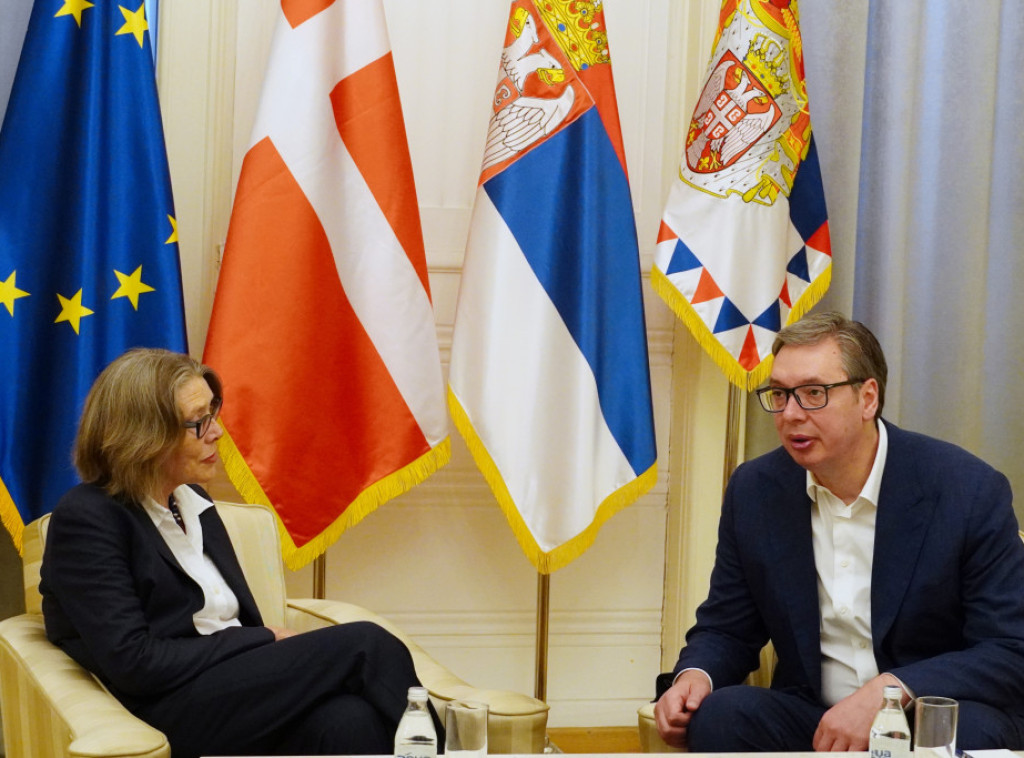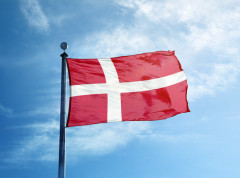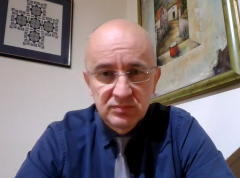Serbian Government and State-Funded Students: Who Will Study on the State’s Dime, and Who Will Be Left Out?
Dear students and parents, brace yourselves for some drama! The Serbian government has finally decided on the number of students whose education will be funded by the state for the 2025/26 academic year. But it’s not all sunshine and rainbows.
Number of State-Funded Spots – Who Gets the Scholarship?
According to the official government announcement, the number of students at all levels of study to be funded by the state has been precisely determined. Although the exact number wasn’t highlighted in the main article, it’s clear this affects thousands of young people directly.
Why does this matter? Because state-funded spots mean the government pays tuition, allowing students to focus on studying instead of worrying about bills. Those who miss out will have to fend for themselves or take on debt.
Prices of Basic Food Items and Bread – Another Blow to Citizens’ Wallets
But wait, it’s not just about the number of state-funded spots! The government also repealed the regulation limiting prices of basic food items. This means prices of essentials, including bread, can now rise.
Why? Because production costs have increased, especially energy prices. Bread, a staple for many, may become more expensive. The government approved buying wheat at 23 dinars per kilogram to try to stabilize the market.
What Does This Mean for Students and Their Families?
The combo of fewer state-funded spots and rising food prices could be disastrous for many families. Students without state support will face even higher living and education costs.
Is this the right time to cut state-funded spots? As food and energy prices soar, many wonder if the government truly understands what ordinary people are going through.
Market Stabilization or Just Another Farce?
The government claims these measures aim to stabilize the domestic market and preserve strategic reserves. But is that enough? Will this policy help farmers and producers, or just burden consumers more?
Conclusion: Who Wins and Who Loses?
- Students with state-funded spots win, but there are fewer of them.
- Families of students without state funding lose, as they’ll have to pay more.
- Consumers overall will feel the pinch of rising basic food prices.
Is This the Right Path for Serbia?
As the government makes these decisions, the question remains – is it considering the future of young people and ordinary citizens? Or is this just another example of politics and economics heading in a direction that could cost us all dearly?
If you’ve got thoughts or have already felt the impact of these measures, drop a comment below. Maybe together we can figure out where things went wrong or at least have a laugh at this absurd situation. Who knows, it might be the first step toward change!
If you thought tuition was the only problem, wait till you see how much bread will cost now!







